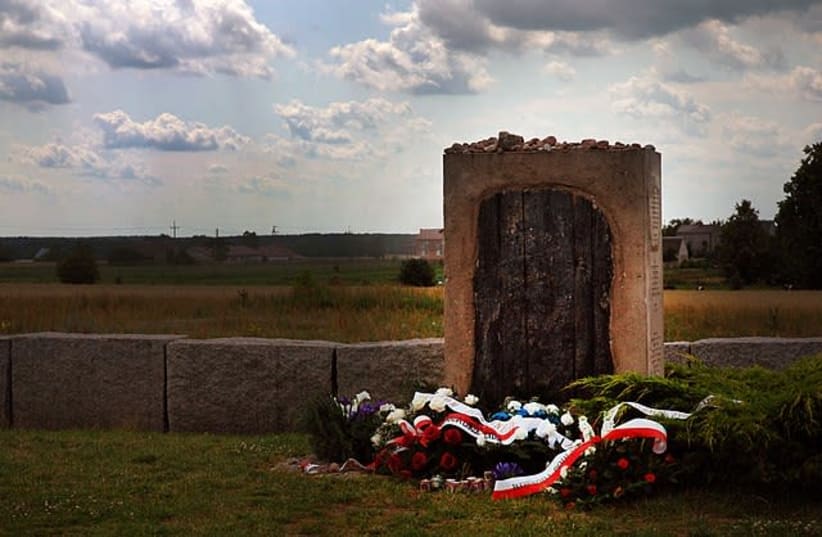Jedwabne was under Soviet rule between 1939-1941 when the Germans retook control of the area.
The pogrom was carried out by Polish men from the surrounding area. No Germans were officially present, although witness statements from the time placed German police in Jedwabne that morning.
The pogrom started in the market square at the center of town where the Poles selected several dozen Jewish people from the crowd and forced them to destroy a statue of Lenin in the town square. They then moved to an open area where they proceeded to murder and bury the Jews they had selected.
Later that same day, they marched the remaining Jewish residents out of the town and into a barn, which they then set on fire.
An estimated 340 Jews were killed that day, although it is thought that the number may be higher.
The pogrom remained largely unrecognized until 2000 when a new investigation into the massacre was carried out by the Institute of National Remembrance (INR), a group which investigates "Nazi and Communist crimes committed between 1917 and 1990," according to its website.
The case concluded in 2003, with the verdict being that the pogrom had been committed by Poles with encouragement from Germans.
A memorial monument was erected at the burial site on the 60th anniversary of the pogrom. Then-president of Poland Aleksander Kwaśniewski spoke at the event, apologizing "on his own behalf, and on behalf of those Poles whose conscience was stirred by what had happened here 60 years ago,” according to the Museum of History of Polish Jews.
Prior to the Holocaust, an estimated 40% of the population of Jedwabne was Jewish. The town had an estimated total population of around 2,800 people.
The INR reported that around 100-125 Jews managed to escape the pogrom that day, although most of them were later transferred to the Łomża ghetto, and from there to Auschwitz.
